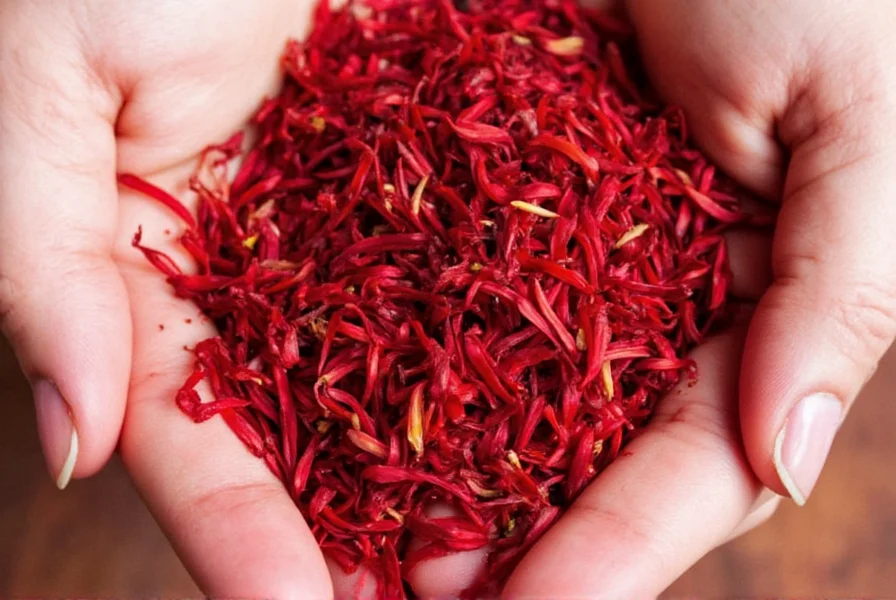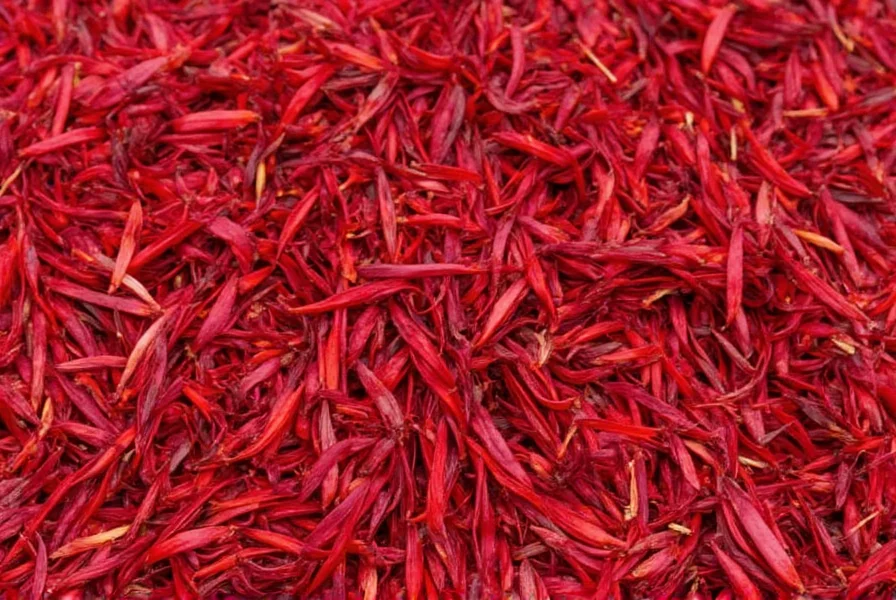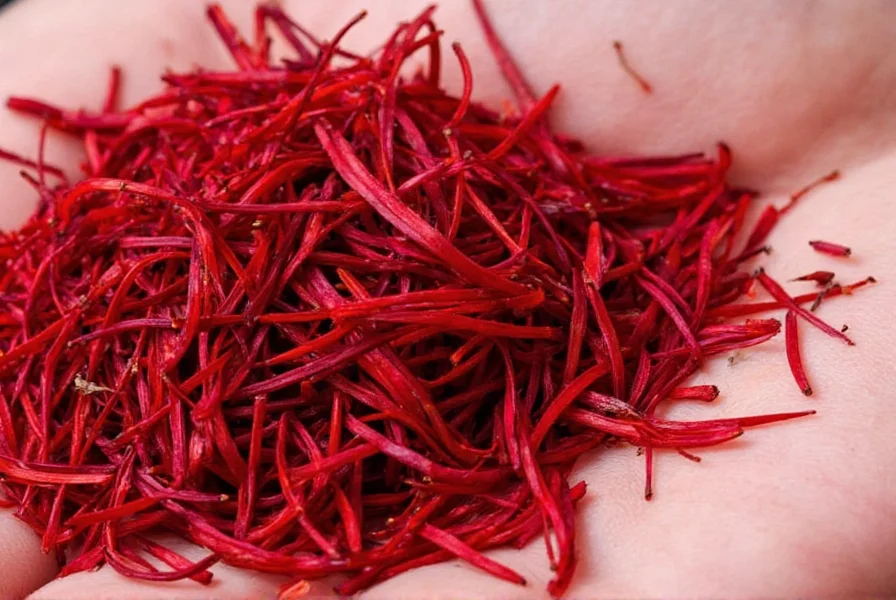Saffron's reputation as the "red gold" of spices often leads to confusion about its origin. Many search for "saffron seeds" believing these contain the prized spice, but this represents a fundamental misunderstanding of saffron's botanical nature. Understanding the true source of saffron is essential for both culinary enthusiasts and potential growers.
The Botanical Reality of Saffron
Crocus sativus, the saffron crocus, is a sterile triploid plant that cannot reproduce through seeds. This genetic characteristic means the plant produces seeds that are non-viable for commercial saffron production. The plant primarily propagates through corms (underground bulb-like structures), not seeds.
Each autumn, the saffron crocus produces delicate purple flowers. Within each flower are three vivid red stigmas—the female reproductive parts that receive pollen. These stigmas, when carefully hand-picked and dried, become the saffron threads used in cooking and traditional medicine. The actual seeds of the plant, which form in the ovary after pollination, contain none of the crocin, picrocrocin, or safranal compounds that give saffron its distinctive color, flavor, and aroma.

Why the Confusion About Saffron Seeds?
The misconception that saffron comes from seeds likely stems from several factors:
- Terminology confusion: Many spices do come from seeds (like cumin or coriander), leading people to assume saffron follows the same pattern
- Marketing practices: Some sellers incorrectly label saffron corms as "seeds" to simplify terminology for consumers
- Visual similarity: Saffron threads may resemble certain types of seeds to the untrained eye
- Limited botanical knowledge: Most consumers don't understand the specific floral anatomy of the crocus plant
Saffron Cultivation: Corms vs. Seeds
Commercial saffron production relies entirely on corm propagation. Here's how the cultivation process actually works:
| Aspect | Corm Propagation | Seed Propagation |
|---|---|---|
| Viability for saffron production | 100% viable - produces flowering plants | Non-viable - plants rarely flower |
| Time to first harvest | 1 year after planting | 3-5 years (if plants flower at all) |
| Saffron yield | Commercially viable (150,000 flowers = 1 lb saffron) | Negligible or nonexistent |
| Genetic consistency | Maintains desirable traits | Highly variable due to genetic recombination |
Professional saffron growers plant corms (often mistakenly called "saffron bulbs" or "seeds") in late summer. These corms develop roots and shoots, then produce flowers in autumn. After harvesting the stigmas, the corms regenerate for the following season, typically producing daughter corms that can be separated and replanted.
The Actual Seeds of Crocus sativus
While the saffron crocus does produce seeds in its ovary after pollination, these seeds serve little practical purpose for saffron production. The seeds:
- Are black, oval-shaped, and about 3-5mm in length
- Contain no saffron compounds (crocin, picrocrocin, safranal)
- Have extremely low germination rates due to the plant's sterility
- Produce plants that rarely flower or produce minimal saffron when they do
Botanists occasionally use these seeds for research purposes to study the plant's genetics, but they have no commercial value for saffron production. The seeds essentially represent an evolutionary dead end for this cultivated variety.

Practical Information for Saffron Enthusiasts
If you're interested in growing saffron, understanding the difference between corms and seeds is crucial. When purchasing "saffron seeds" for cultivation, you're actually buying corms. Look for:
- Plump, firm corms approximately 2.5-3.5cm in diameter
- Corms with intact protective tunics (outer skin)
- Reputable suppliers who correctly identify them as corms
- Planting instructions specifying late summer planting for autumn bloom
Attempting to grow saffron from actual seeds will likely lead to disappointment. The plants may take years to mature, rarely flower, and produce negligible saffron if they do bloom. Commercial saffron production worldwide relies exclusively on corm propagation for good reason.
Understanding Saffron Quality
When purchasing saffron, focus on the quality of the stigmas, not any reference to "seeds". High-quality saffron features:
- Vibrant red color with minimal yellow style attached
- Strong, distinctive aroma
- Thread-like structure (not powder unless specifically labeled as such)
- Proper storage in airtight, light-proof containers
The ISO 3632 standard classifies saffron into categories based on crocin (color), picrocrocin (taste), and safranal (aroma) content. Understanding these quality markers is far more important than any misconception about saffron "seeds".











 浙公网安备
33010002000092号
浙公网安备
33010002000092号 浙B2-20120091-4
浙B2-20120091-4